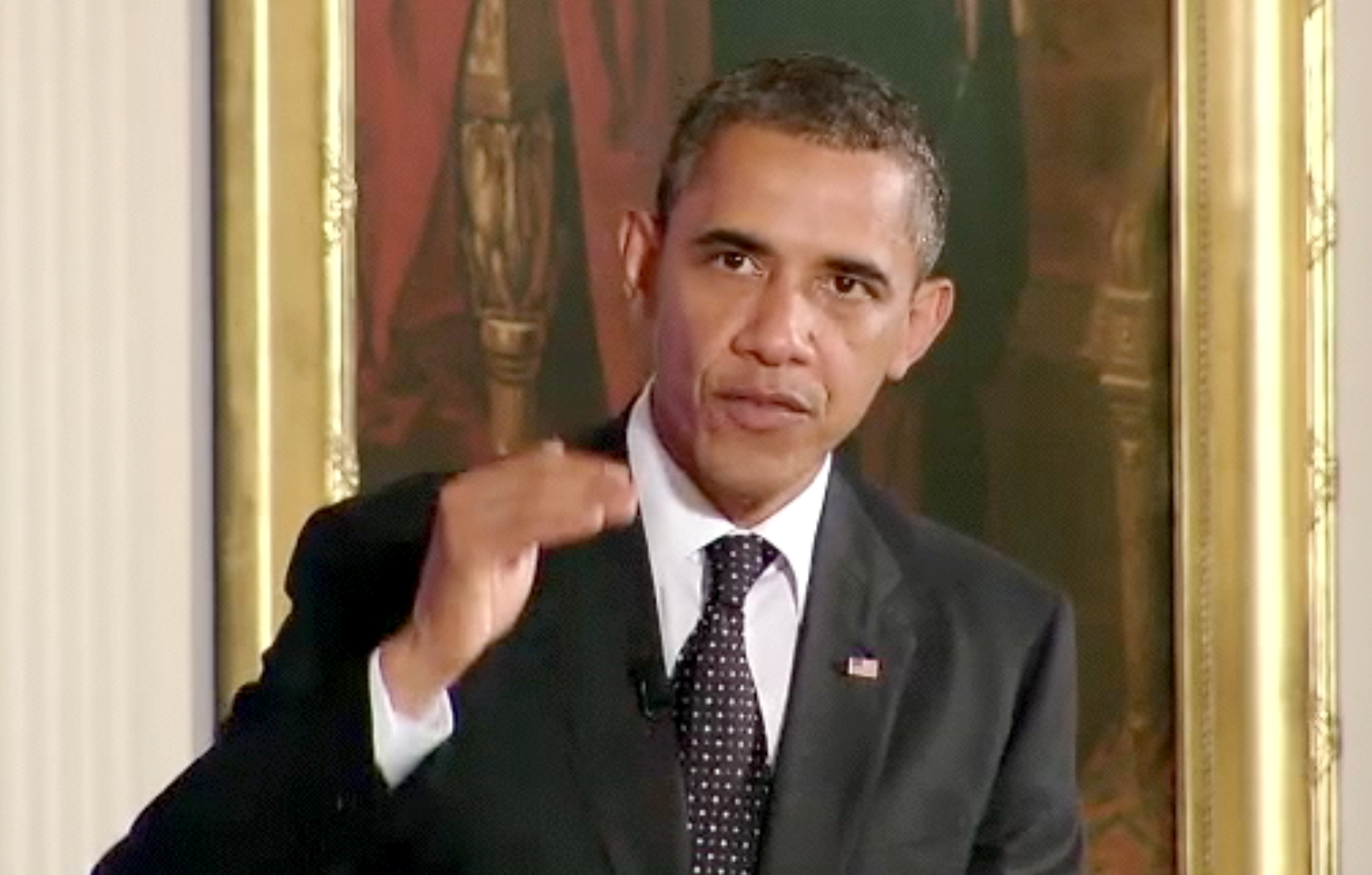Highlights of Obama's 2013 NASA Budget Proposal

President Barack Obama unveiled his 2013 budget proposal today (Feb. 13) that, if approved as is by Congress, would decrease NASA's overall budget by $59 million, but slash deep into some space science and planetary exploration missions.
The proposed 2013 budget for NASA does include some increases for space technology development and human space exploration.
According to White House officials and Office of Management of Budget, the proposed NASA budget for 2013 would do the following:
- Provides $17.7 billion, a decrease of 0.3 percent, or $59 million, below the 2012 enacted level. While making difficult choices, the Budget builds on our existing space infrastructure, continues efforts to streamline agency operations, and preserves innovative capabilities and technologies to sustain American leadership in space.
- Implements a lower cost program of robotic exploration of Mars that will advance science and will also help lay the foundation for future human exploration.
- Invests in new space technologies, such as laser communications and zero-gravity propellant transfer, which can improve America’s ability to access and operate in space and enhance the competitiveness of the U.S. space industry.
- Leverages a Federal investment of $830 million and private sector investment and ingenuity to develop a U.S. capability to transport crews into space, thereby eliminating our dependence on foreign capabilities in this area.
- Provides continued robust funding for the development of a new heavy-lift rocket and crew capsule that will take America deeper into space than ever before, create American jobs, ensure continued U.S. leadership in space exploration, and inspire people around the world.
- Provides $1.8 billion for research and a robust fleet of Earth observation spacecraft to strengthen U.S. leadership in the field, better understand climate change, improve future disaster predictions, and provide vital environmental data to Federal, State, and local policymakers.
- Funds the highest priority astronomical observatories and robotic solar system explorers, including a successor to the Hubble telescope and a mission to return samples from an asteroid, while delaying unaffordable new missions.
- Continues the effort to turn NASA’s former space shuttle launch facilities at the Kennedy Space Center in Florida into a 21st Century launch complex so that they can efficiently support programs like the Space Launch System and commercial operators.
- Streamlines agency operations, resulting in over $200 million in savings.
You can see detailed NASA documents, presentations and images for its 2013 budget proposal here: http://www.nasa.gov/news/budget/index.html
Follow SPACE.com for the latest in space science and exploration news on Twitter @Spacedotcom and on Facebook.
Get the Space.com Newsletter
Breaking space news, the latest updates on rocket launches, skywatching events and more!
Join our Space Forums to keep talking space on the latest missions, night sky and more! And if you have a news tip, correction or comment, let us know at: community@space.com.

Space.com is the premier source of space exploration, innovation and astronomy news, chronicling (and celebrating) humanity's ongoing expansion across the final frontier. Originally founded in 1999, Space.com is, and always has been, the passion of writers and editors who are space fans and also trained journalists. Our current news team consists of Editor-in-Chief Tariq Malik; Editor Hanneke Weitering, Senior Space Writer Mike Wall; Senior Writer Meghan Bartels; Senior Writer Chelsea Gohd, Senior Writer Tereza Pultarova and Staff Writer Alexander Cox, focusing on e-commerce. Senior Producer Steve Spaleta oversees our space videos, with Diana Whitcroft as our Social Media Editor.









